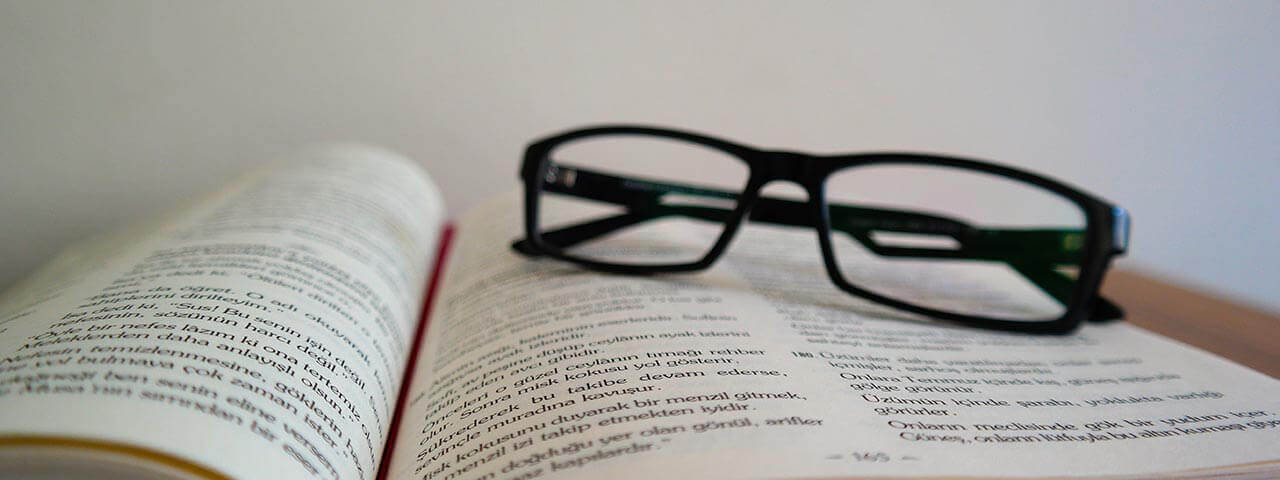
The Research Behind Orthokeratology for Myopia Management
Orthokeratology (ortho-k) for myopia management is gaining popularity, yet many parents wonder whether this method is indeed effective and safe for their children. Orthokeratology research has been going on for the past 20 years. We have collected some of the most recent scientific studies supporting orthokeratology and confirming the positive results in using ortho-k in myopia management. You can find links to some of the more significant articles on this page.
This 2019 report by the American Academy of Ophthalmology analyzes 13 articles on the effectiveness of orthokeratology in slowing down myopia progression and concludes: “Orthokeratology may be effective in slowing myopic progression for children and adolescents, with a potentially greater effect when initiated at an early age (6–8 years). Safety remains a concern because of the risk of potentially blinding microbial keratitis from contact lens wear.”
https://www.aaojournal.org/article/S0161-6420(18)33073-2/fulltext
“The assessment demonstrated that ortho-K generally reduced the axial elongation by approximately 50% over a 2-year period. The impact was greater in individuals younger than 9 years. The rate of myopic progression was most affected in the first and second year of treatment, but some effects were still noted in the third year. None of the studies measured adverse events as a primary outcome.”
https://www.aao.org/editors-choice/orthokeratology-slows-myopic-progression-in-young-
An article published in December 2017 by the Tzu Chin University in Taiwan covers the findings of a 12-year cohort study and concludes:“Overnight orthokeratology was effective in slowing myopia progression over a twelve-year follow-up period and demonstrated a clinically acceptable safety profile. Initial higher astigmatism power was found to be associated with increased change of refractive error during follow-up years.”
https://www.ncbi.nlm.nih.gov/pmc/articles/PMC5721542/
Another article published by the National Center of Biotechnology Information states: “Orthokeratology lenses, worn overnight to reshape the cornea, are one of many recent modalities used to slow down the progression of myopia in children. This treatment has been proven successful, as evidenced by decreased spherical refractive error and axial length relative to the control at interval follow-up ranging from 6 months to 5 years.”
https://www.ncbi.nlm.nih.gov/pubmed/28092397
This comprehensive article on ‘Myopia and orthokeratology for myopia control’ was published in 2018 by Professors of the Polytechnic University Hong Kong.“In summary, several cohort studies have shown that orthokeratology is effective in retardation of myopia progression in children with a two‐year reduction rate ranging from 30 percent to 59 percent and a five‐year reduction rate of 30 percent.”
https://onlinelibrary.wiley.com/doi/full/10.1111/cxo.12839
In October 2019, an article in ‘Contact Lens Update – Clinical Insights Based On Current Research’ explores the topic of orthokeratology and myopia control and answers many questions on the subject.
https://contactlensupdate.com/2019/10/29/orthokeratology-for-slowing-progression-of-myopia/
An in-depth explanation of how orthokeratology slows down myopia progression is provided in this featured article from October 2019, by Dr. Paul Glifford, senior lecturer at the School of Optometry and Vision Science, University of New South Wales, Sydney.
https://contactlensupdate.com/2019/10/29/customizing-orthokeratology-for-myopia-control/
Information regarding an ongoing study on ‘Effectiveness of Orthokeratology in Myopia Control’ can be found in the following article.
